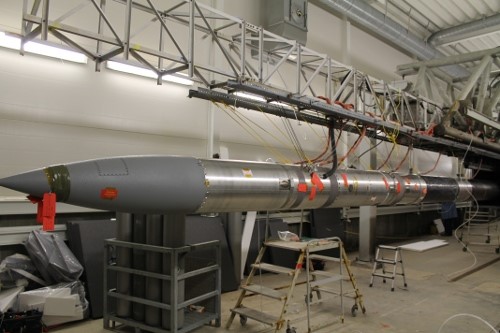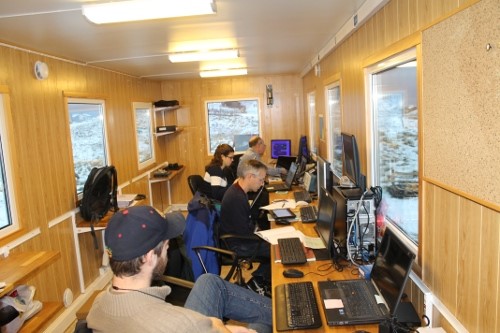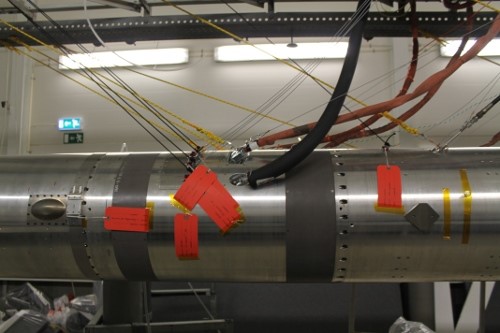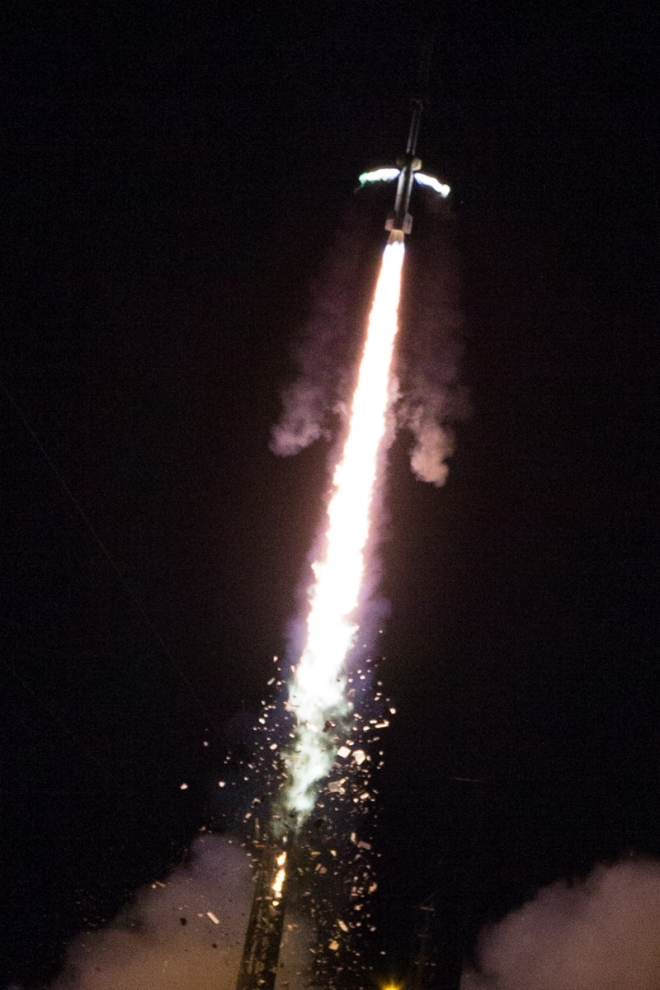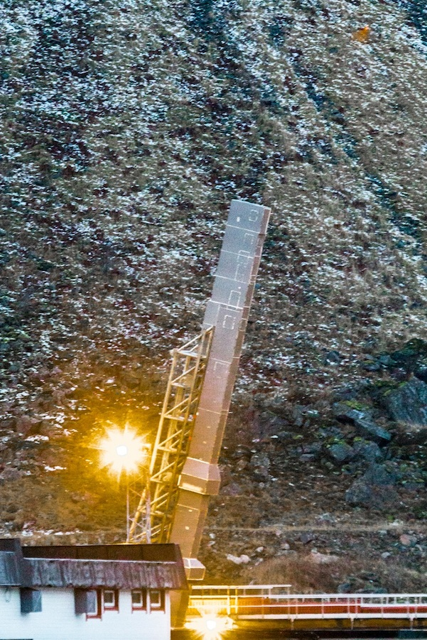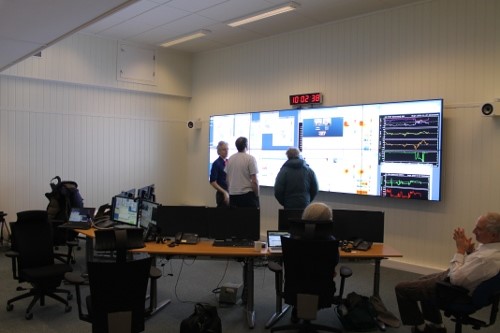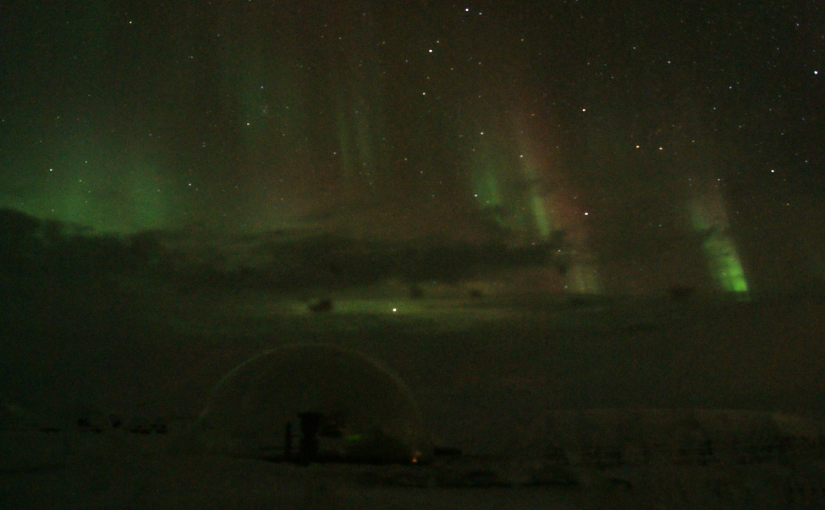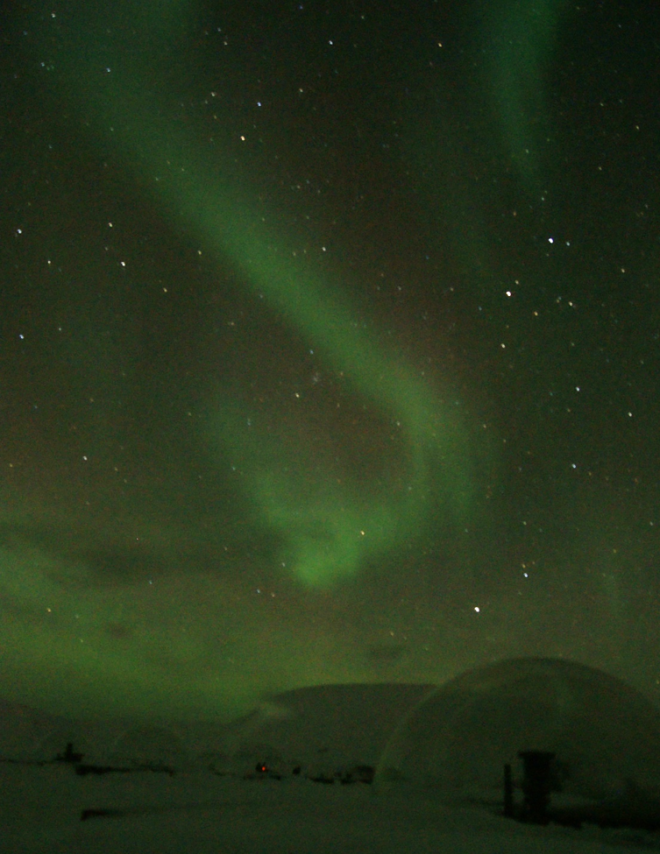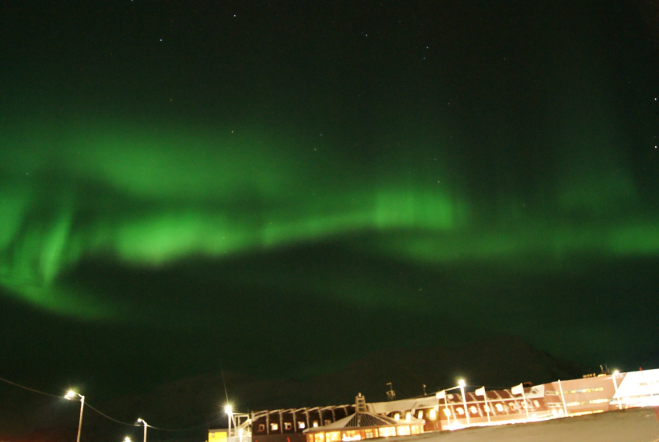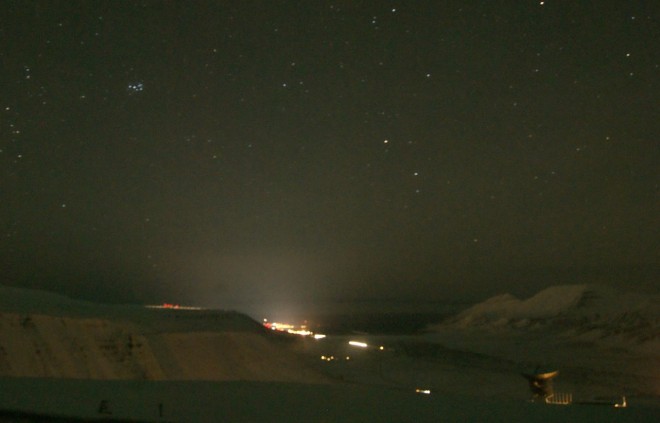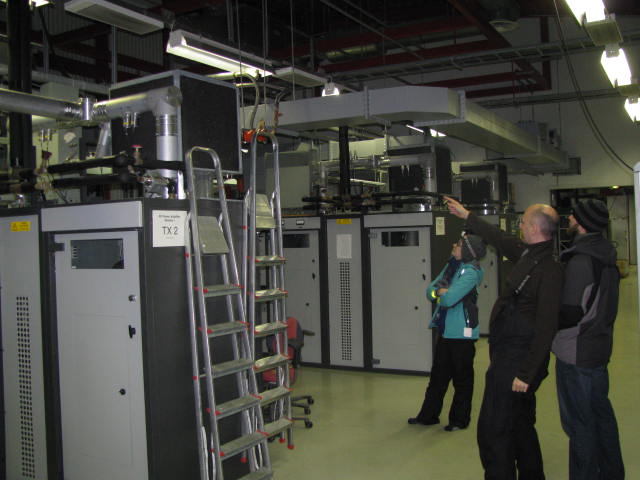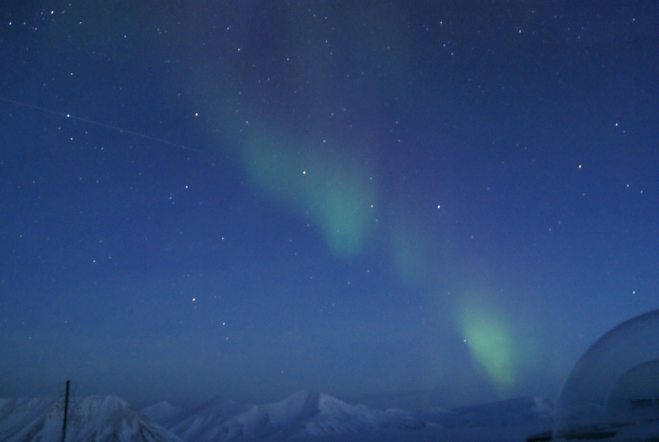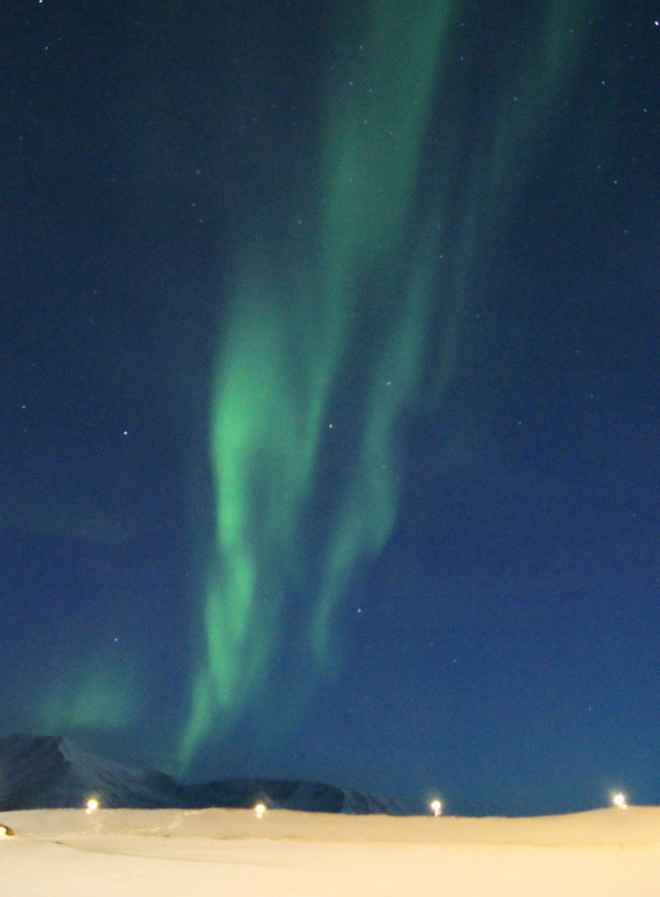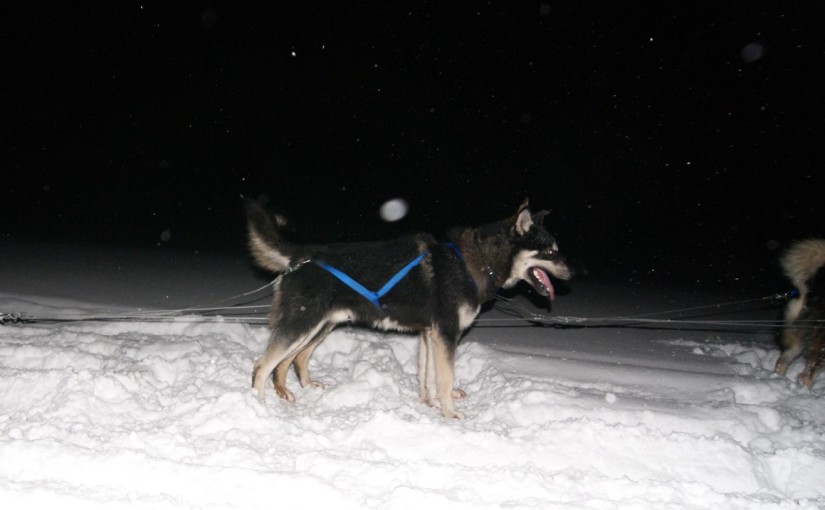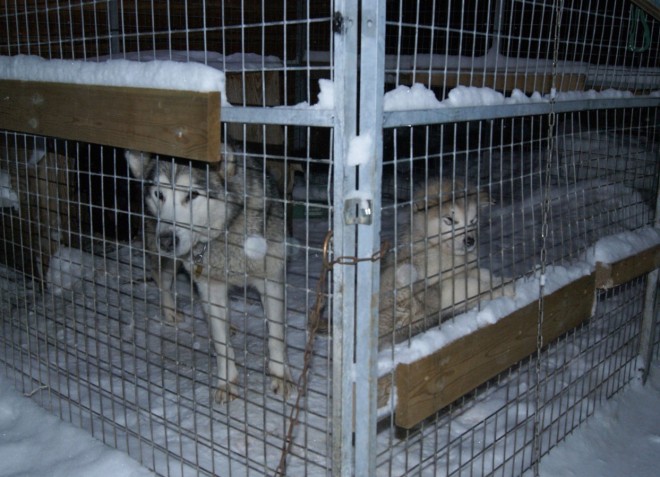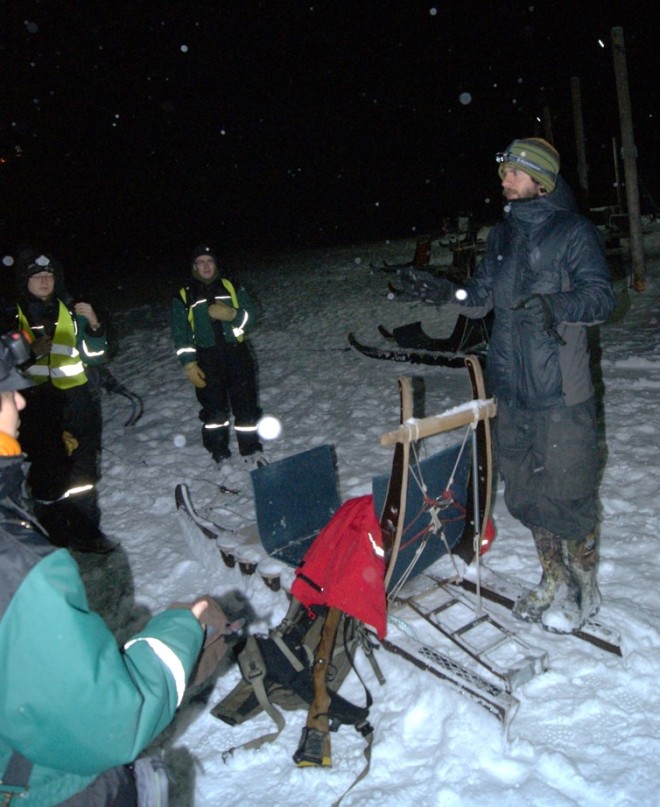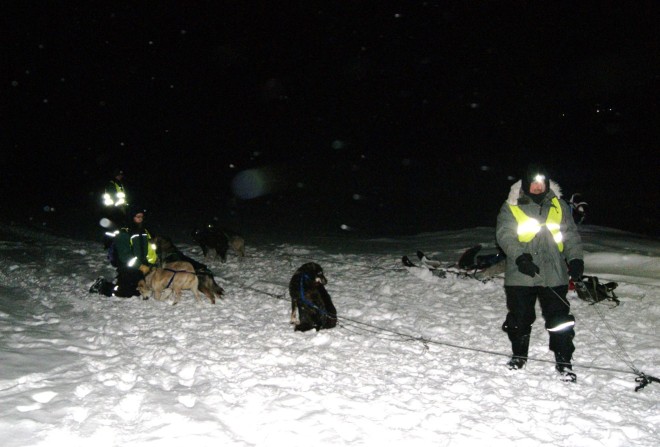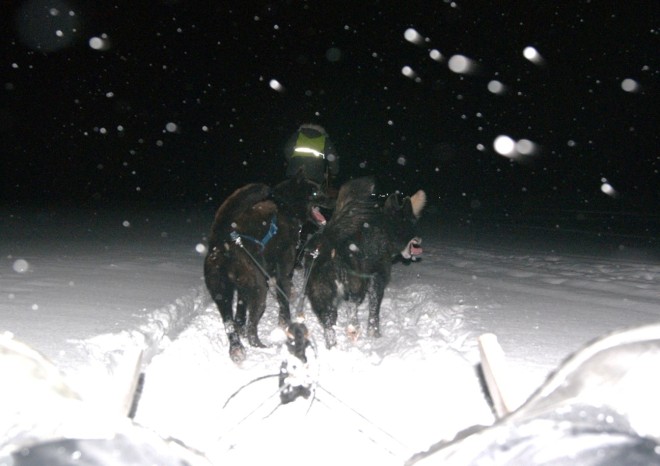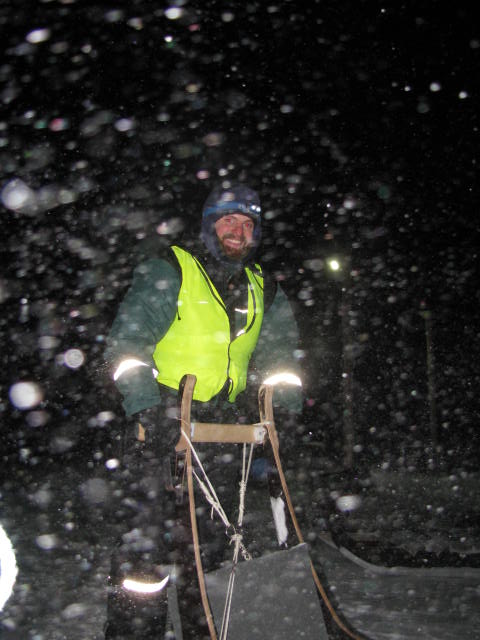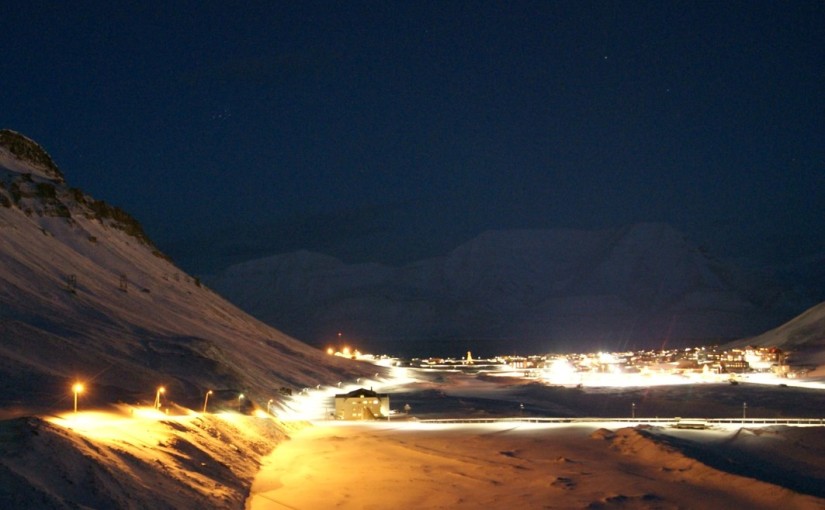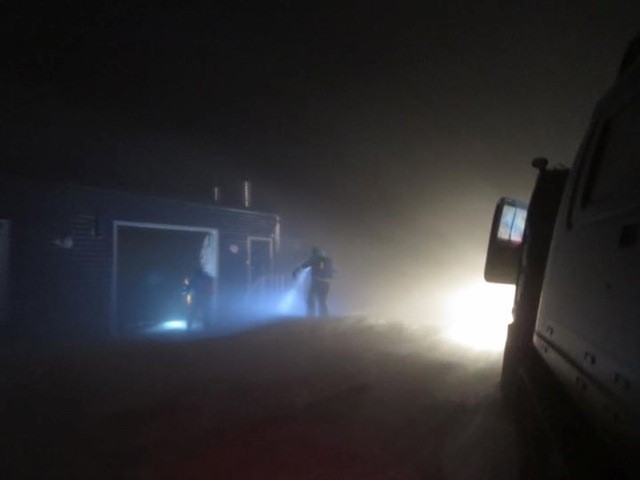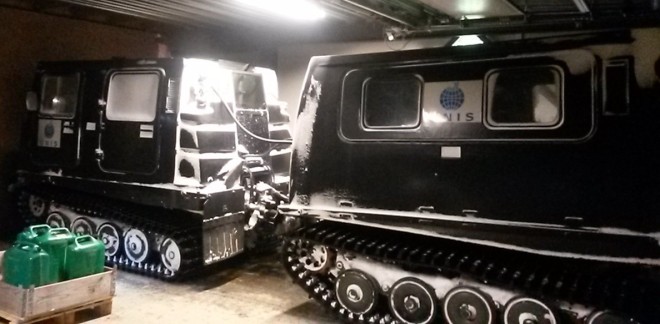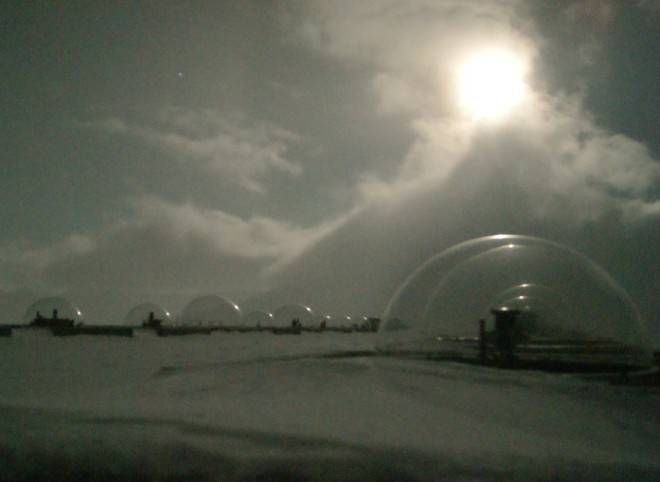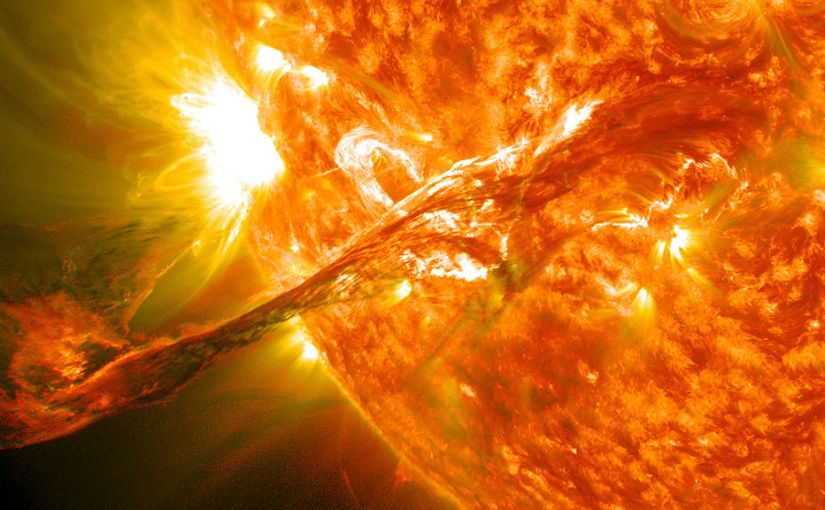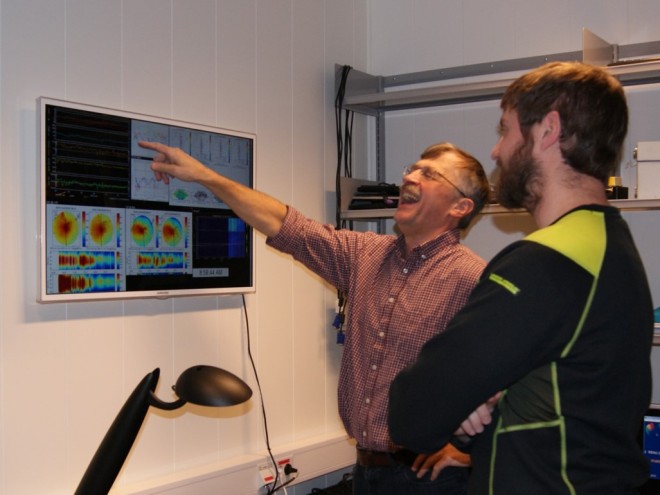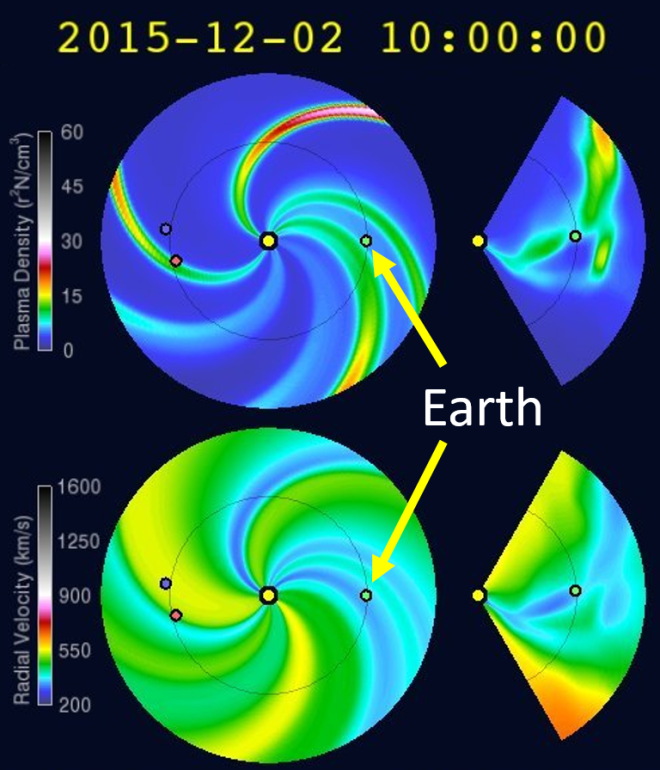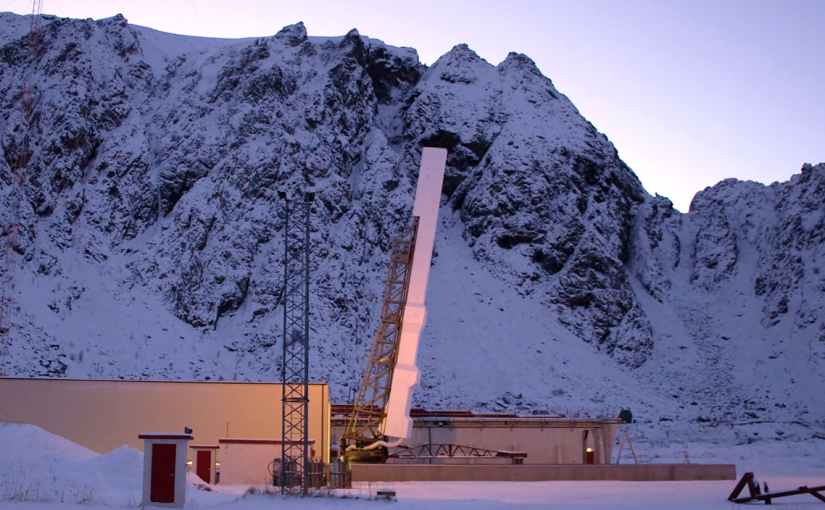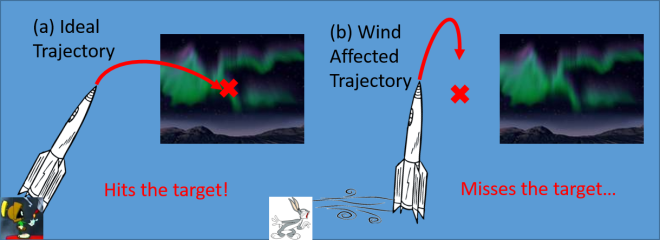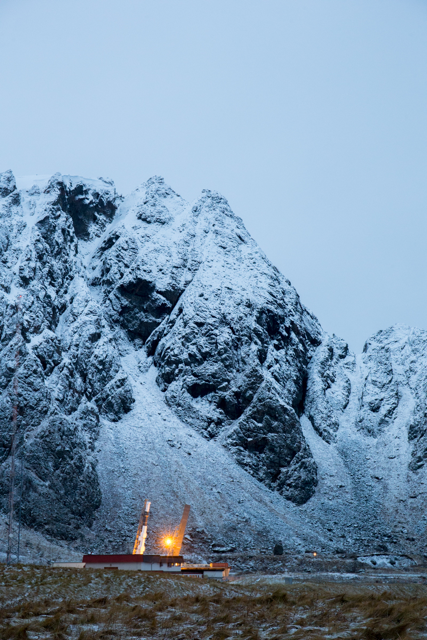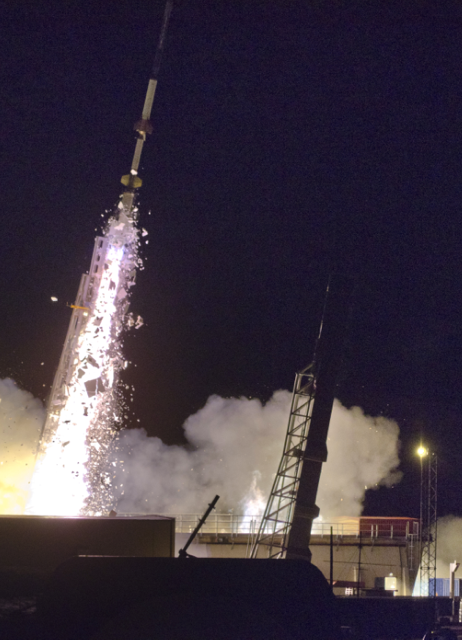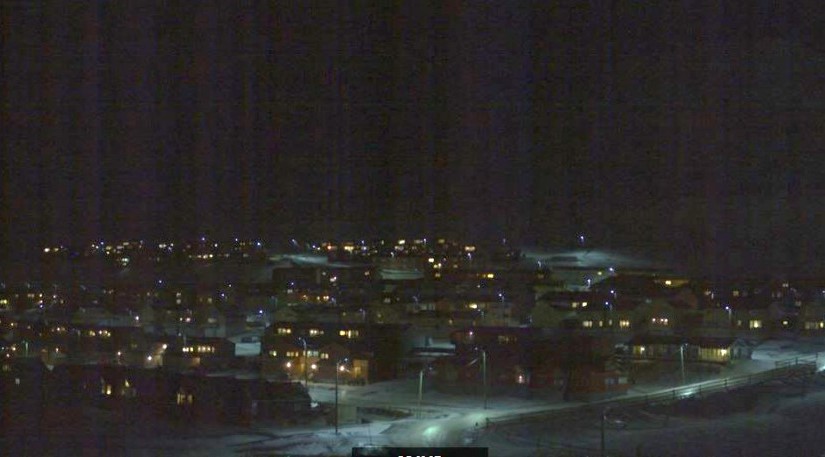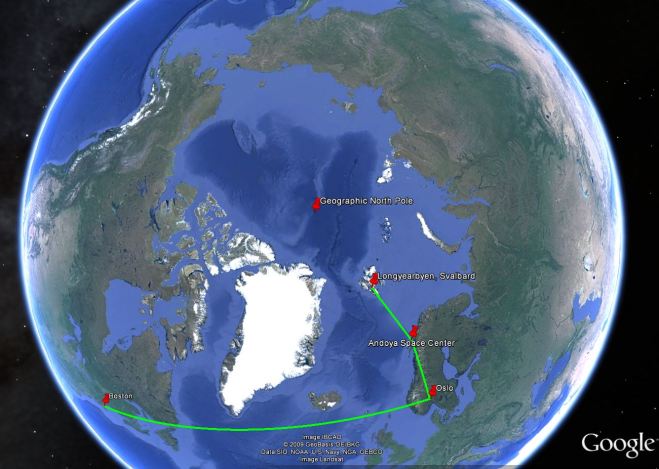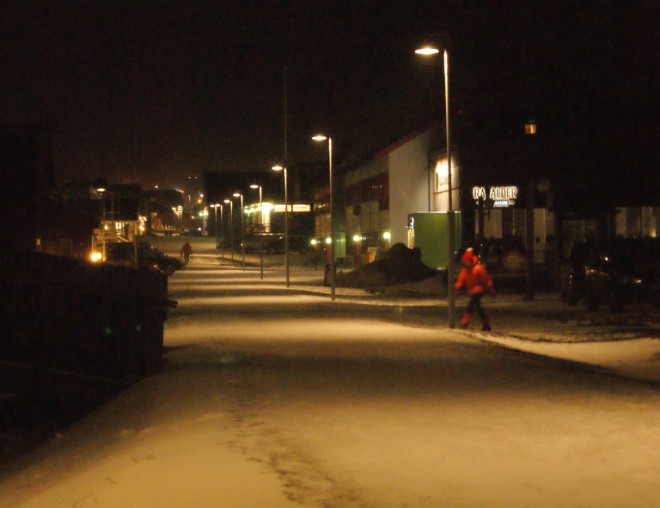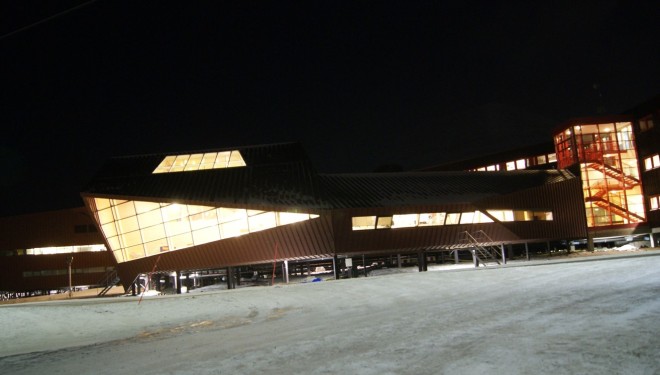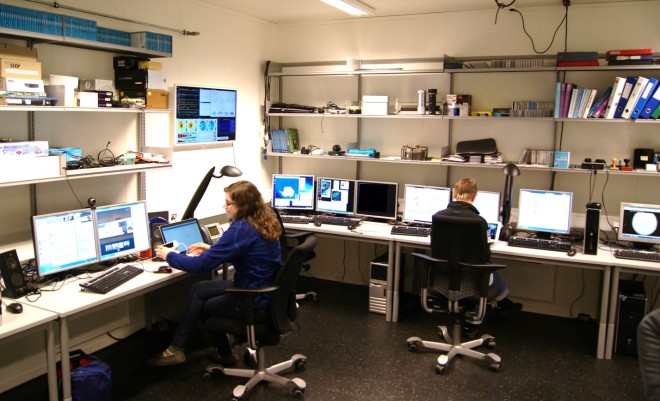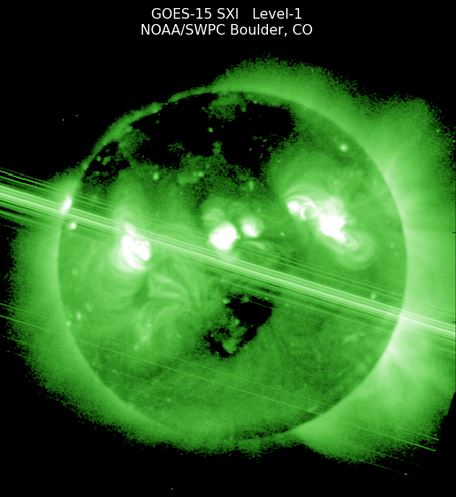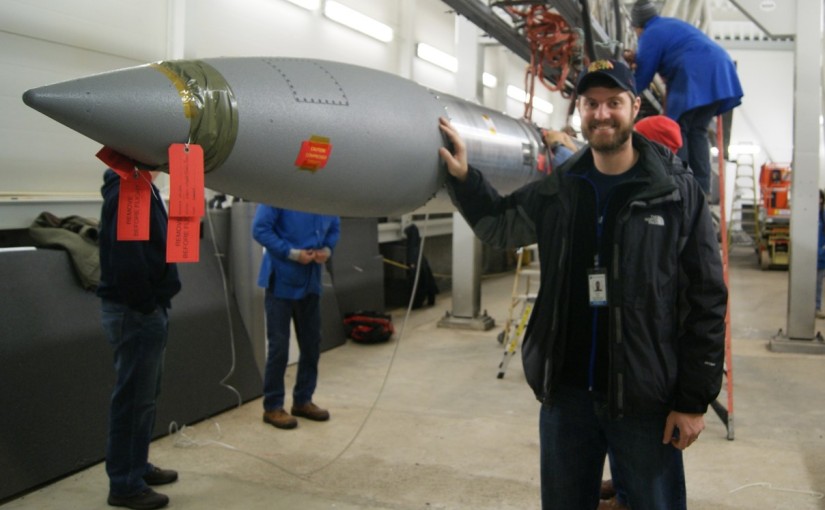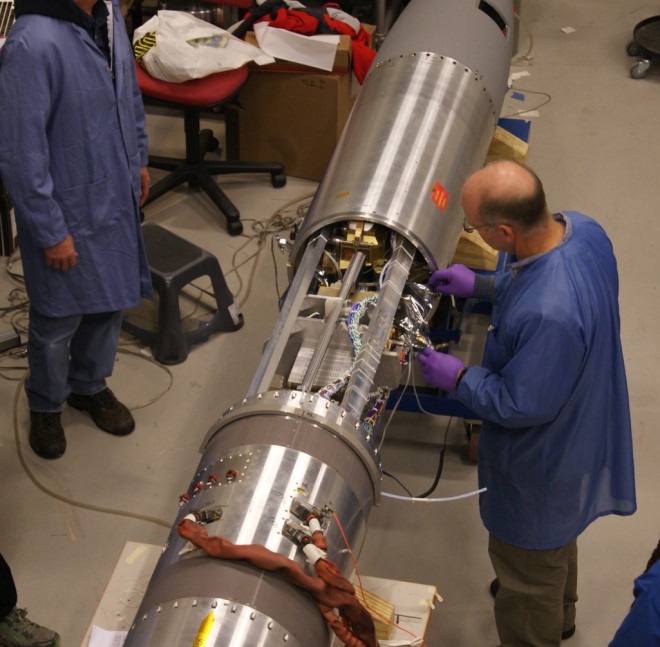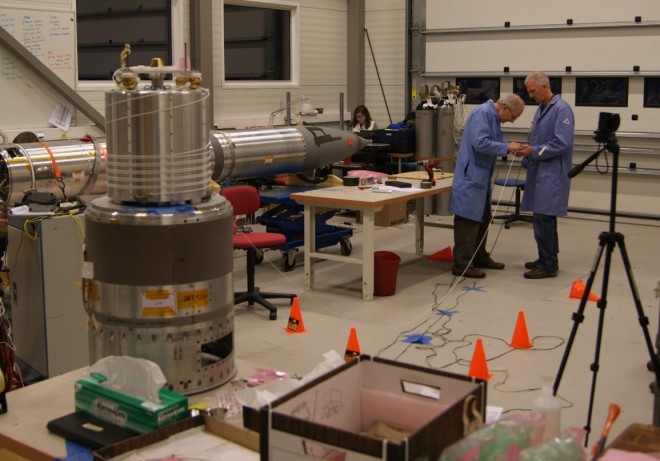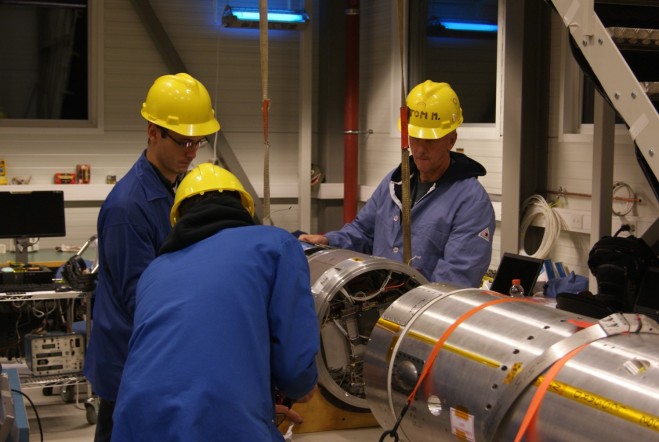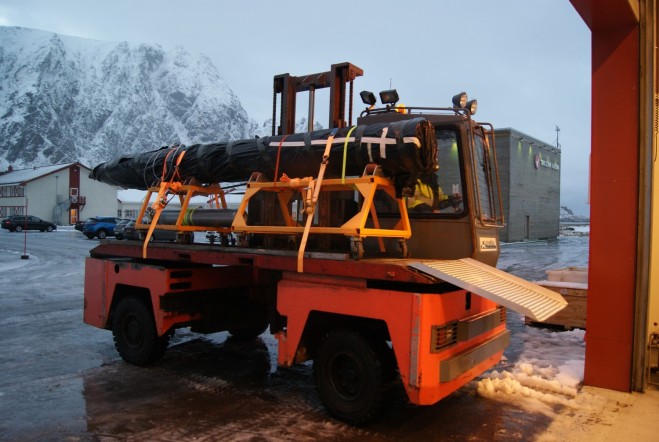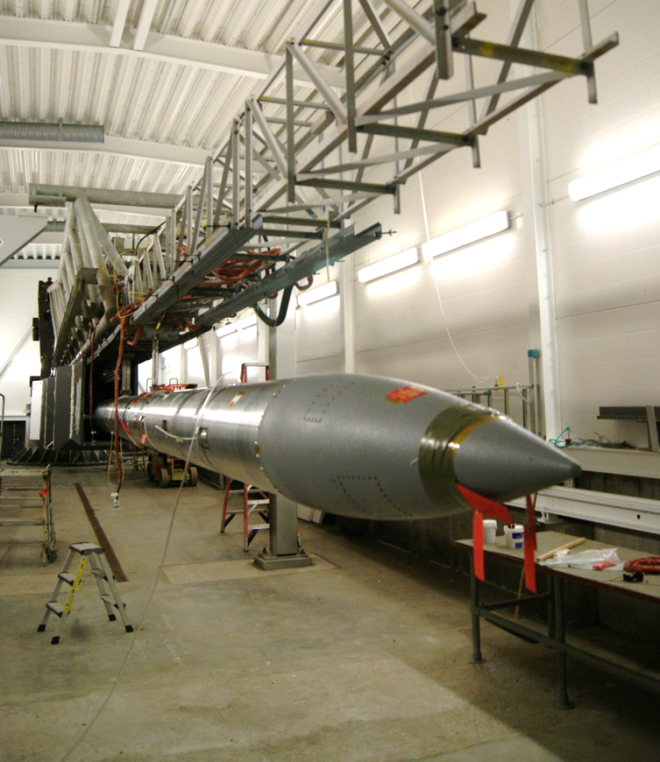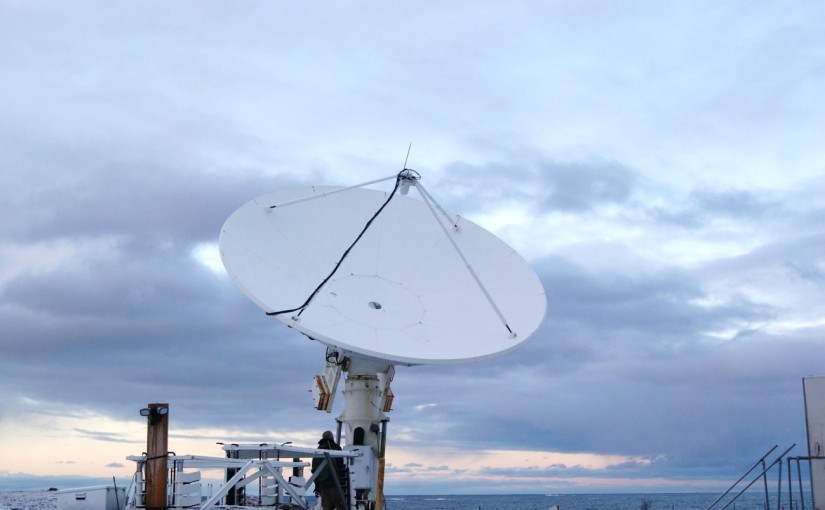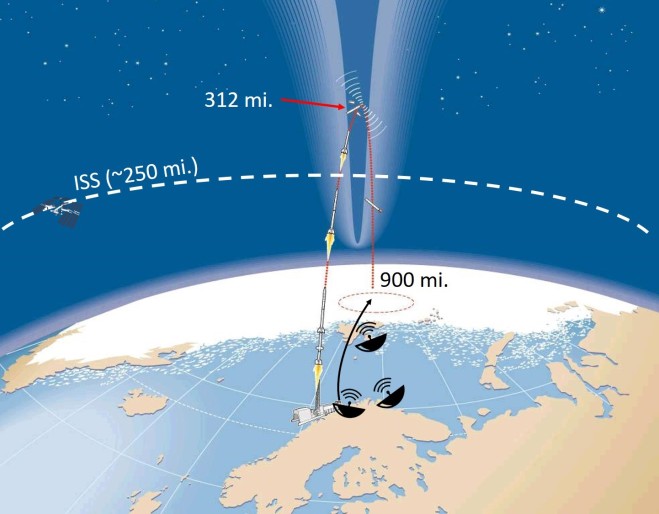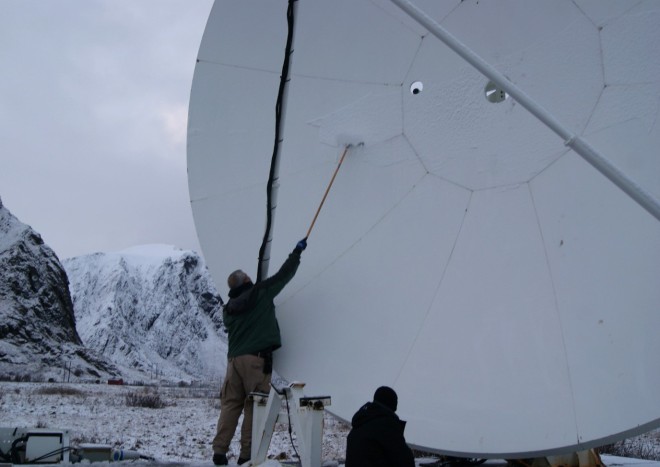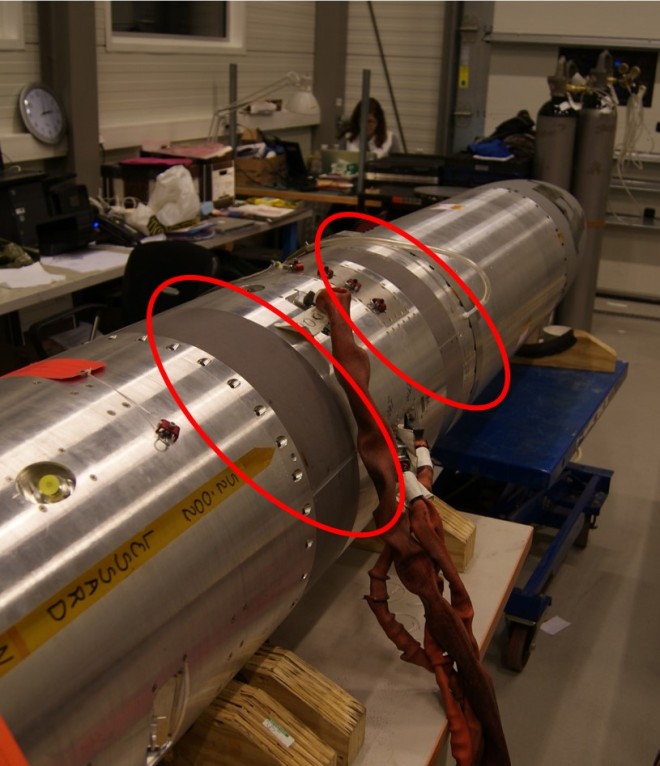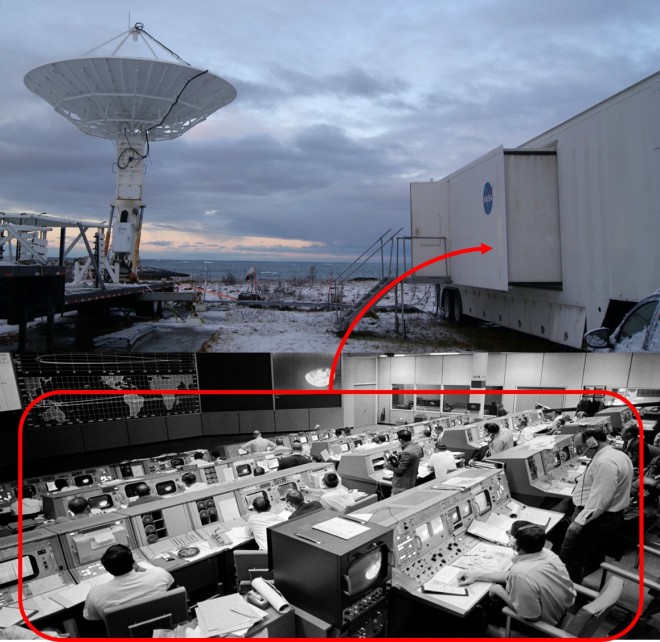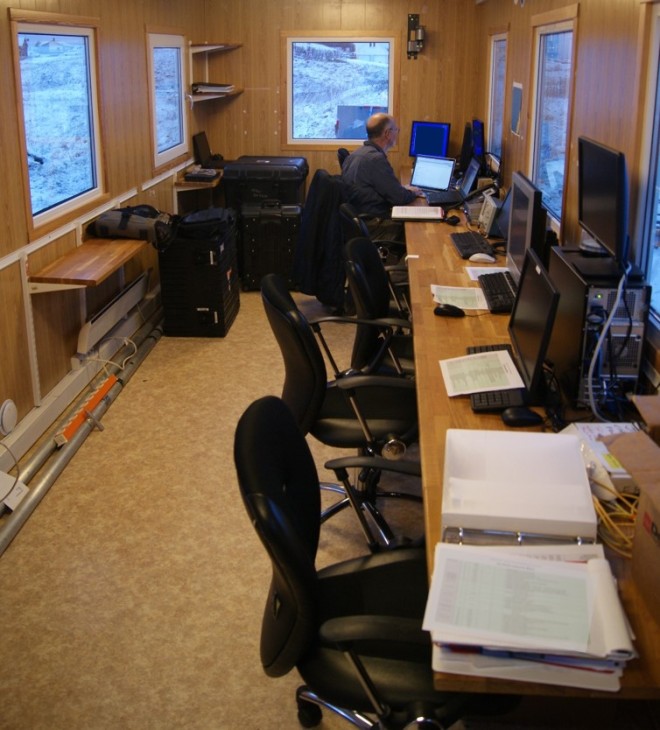In case you haven’t heard yet, we finally launched the rocket!!! RENU 2 successfully launched on the morning of 13 December 2015 at 0734 UT. I had a good feeling from the moment I woke up that morning that it was going to be the day. A quick look at the space weather conditions from my room were very promising from the start.

A light snow was falling that morning but the winds were fairly calm, so the drive up the mountain to the observatory was uneventful. The larger concern was the snow moving through the region around Andenes. Several cells of precipitation were forecast to move through that morning, each bringing gusts of wind that pushed out of limits.
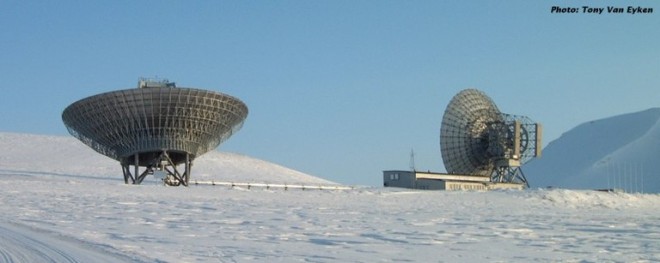
As soon as the launch window opened we began to see the ideal aurora conditions. Arcs of aurora that have strong signatures in the red wavelength began moving north over our heads. These are what we call poleward moving auroral forms, or PMAFs. They are an indicator of what is called cusp aurora.

In an ideal case, the cusp will launch several of these PMAFs over head in a very predictable manner. We watched an arc go over head and Marc made the call to bring the count down to T – 15 minutes and hold (15 minutes away from launch). We then watched another PMAF go overhead and the count was brought down and held at T- 2 minutes. After the third arc passed overhead, that was all we needed to see.
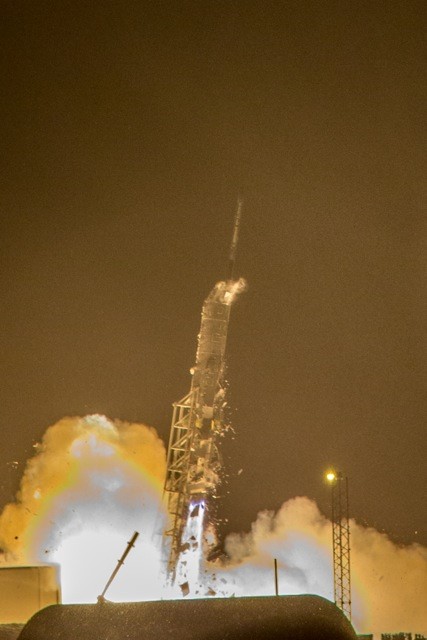
After the experience with CAPER just a few weeks prior, no one celebrated quite yet. We all waited as word came over the radio about each stage of the rocket’s flight. 1st stage separation successful, then 2nd stage successful.

After the 3rd stage a small deviation was detected and our stomachs dropped… The rocket was veering off several hundred kilometers to the east. The fourth and final stage kicked it a little further off to the east.

The good news it that the path was well within the safety margins NASA had designed into the mission, so no people or other living things were in danger. The other good news is that the rocket actually ended up hitting a brighter part of the arc than what we saw overhead!

Even after we realized that the rocket hit a good target, the celebrations were limited. The next question we had to know was, “Did the instruments work?” Everyone got busy immediately checking the state of their instruments, looking to see if good data came in. All initial indications were that each instrument worked like it was supposed to, a HUGE relief. Finally it was time to take a deep breath and smile a little bit.

The excitement continued to build throughout the rest of the day and we celebrated that night. This rocket campaign is such a huge collaboration of effort from literally hundreds of people and we can’t thank everyone enough for their tireless dedication through all the long hours and early mornings. It took a combined effort from all over the world to make this mission a success and we are all extremely grateful.
Until next time…
…well I hope there’s a next rocket, I LOVE THIS JOB!!!!

